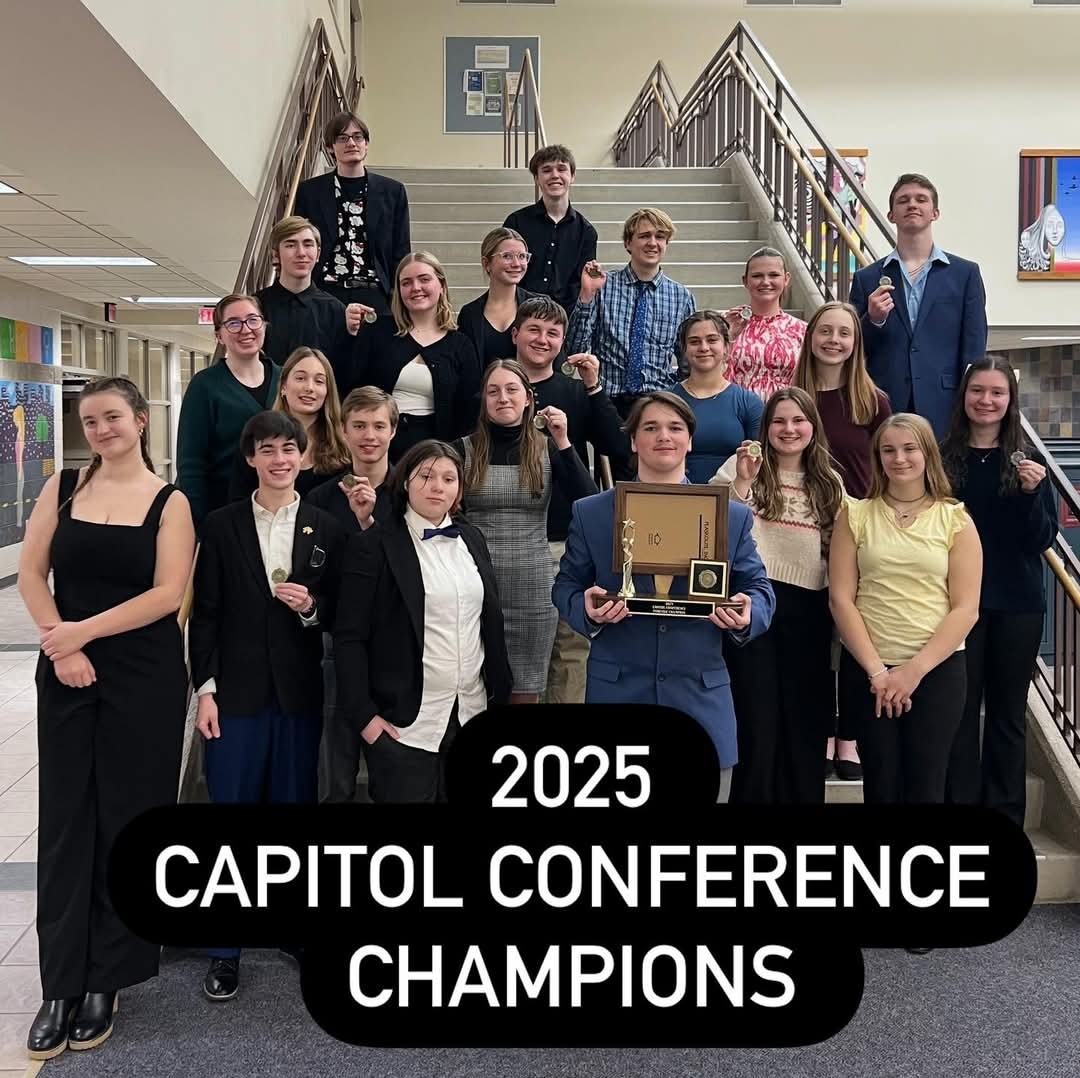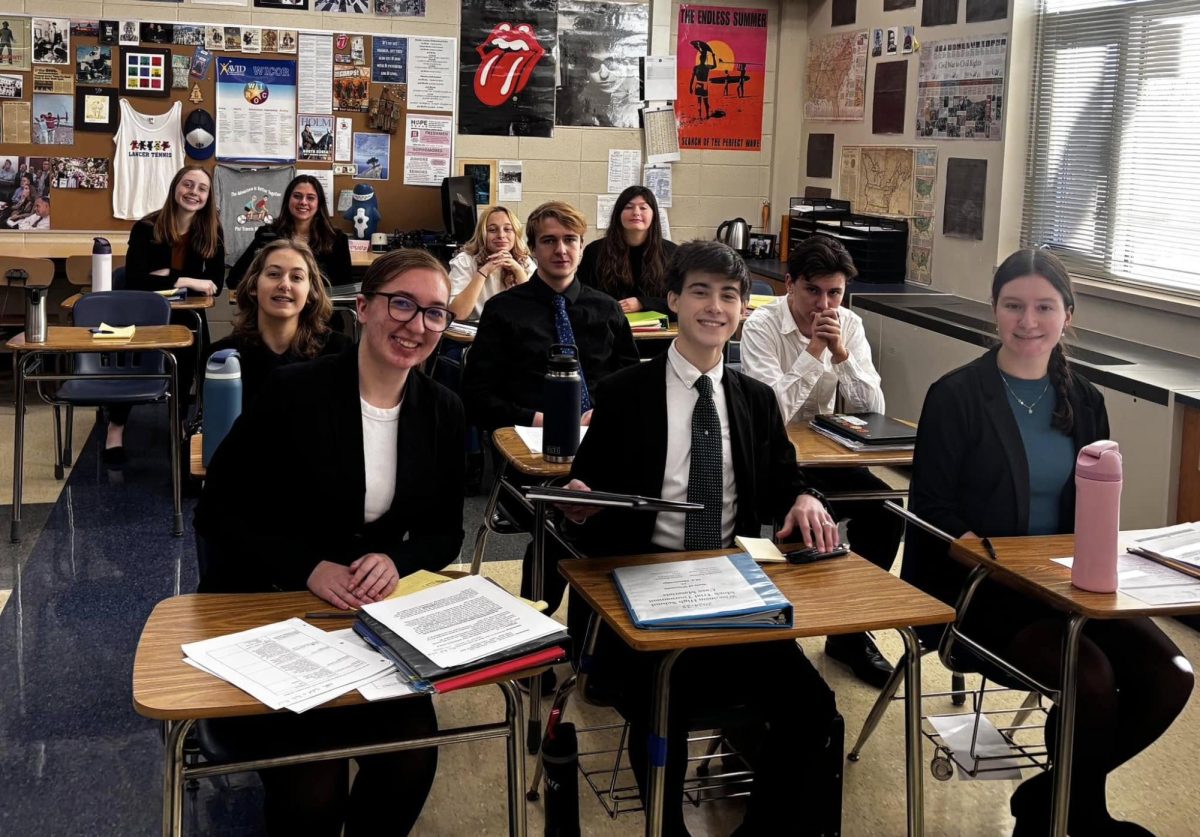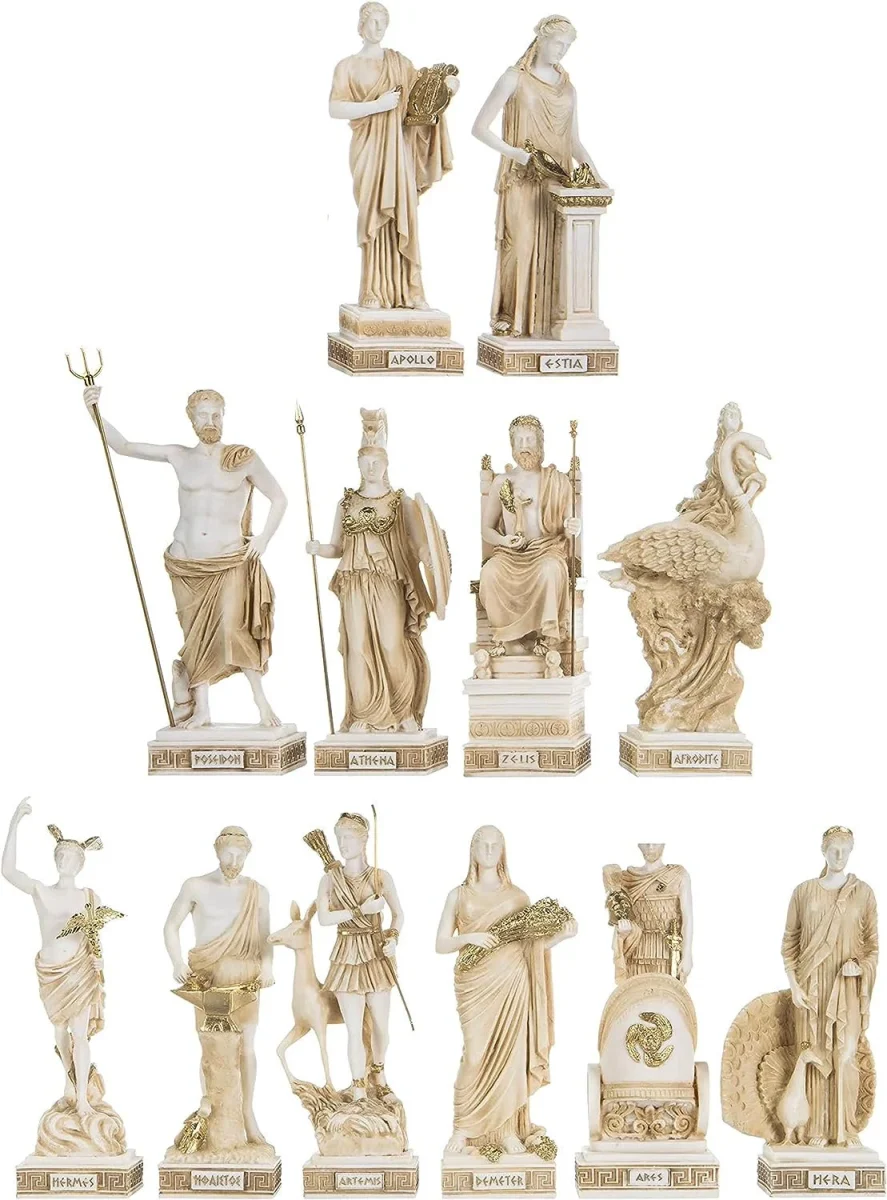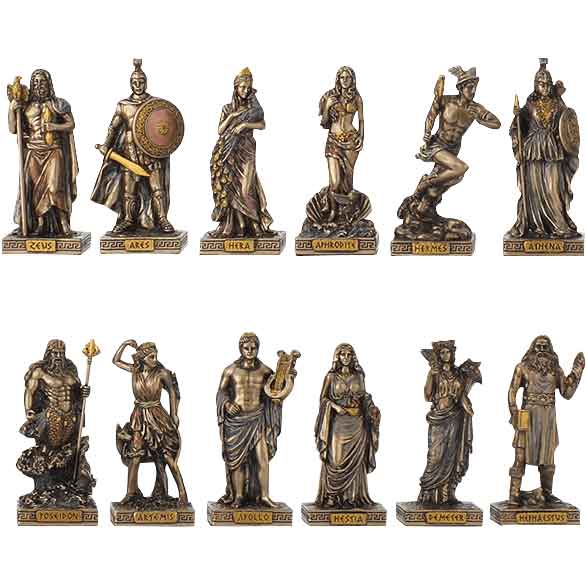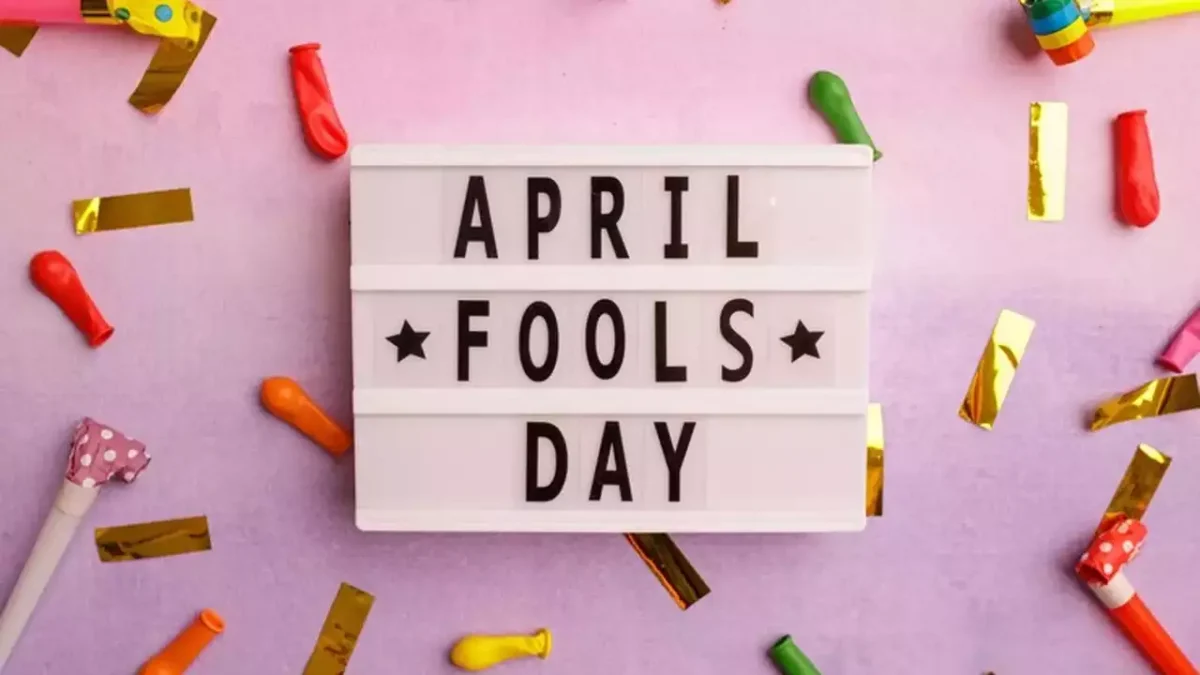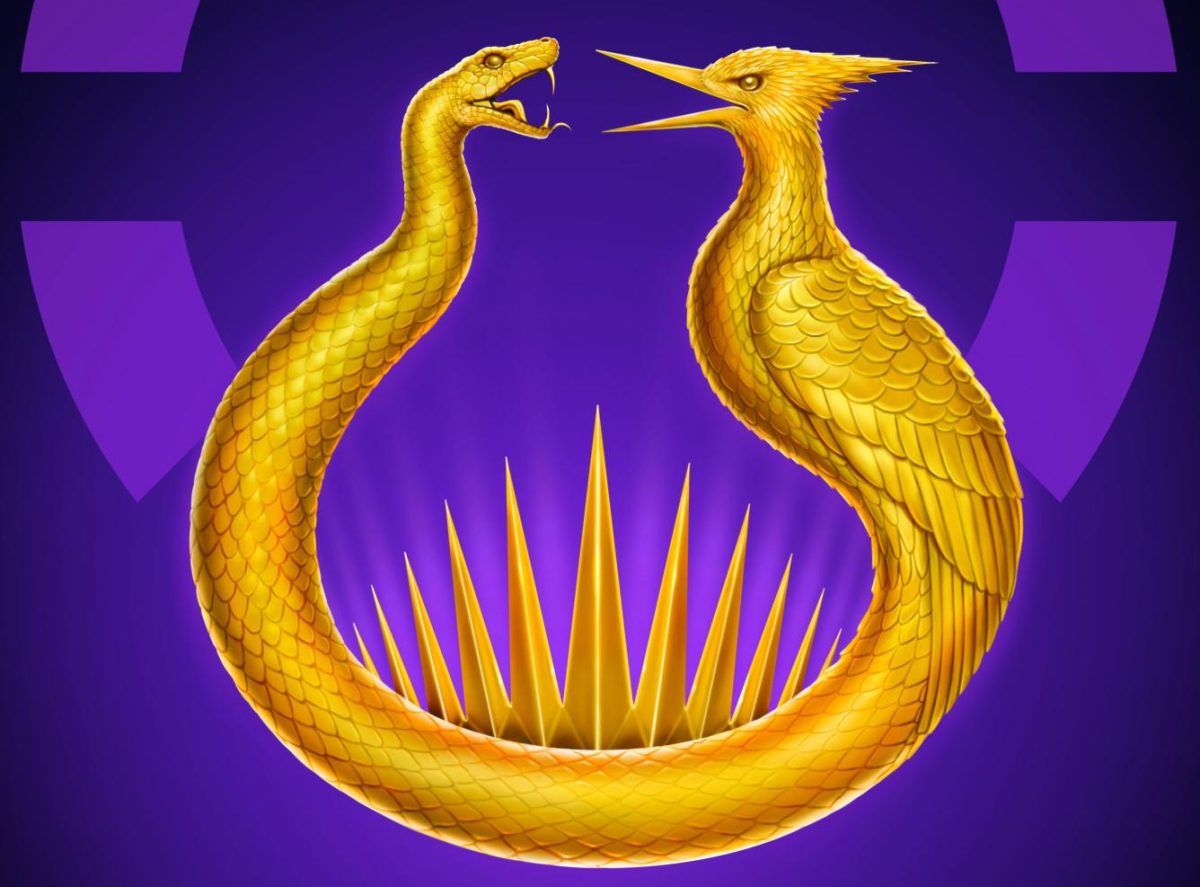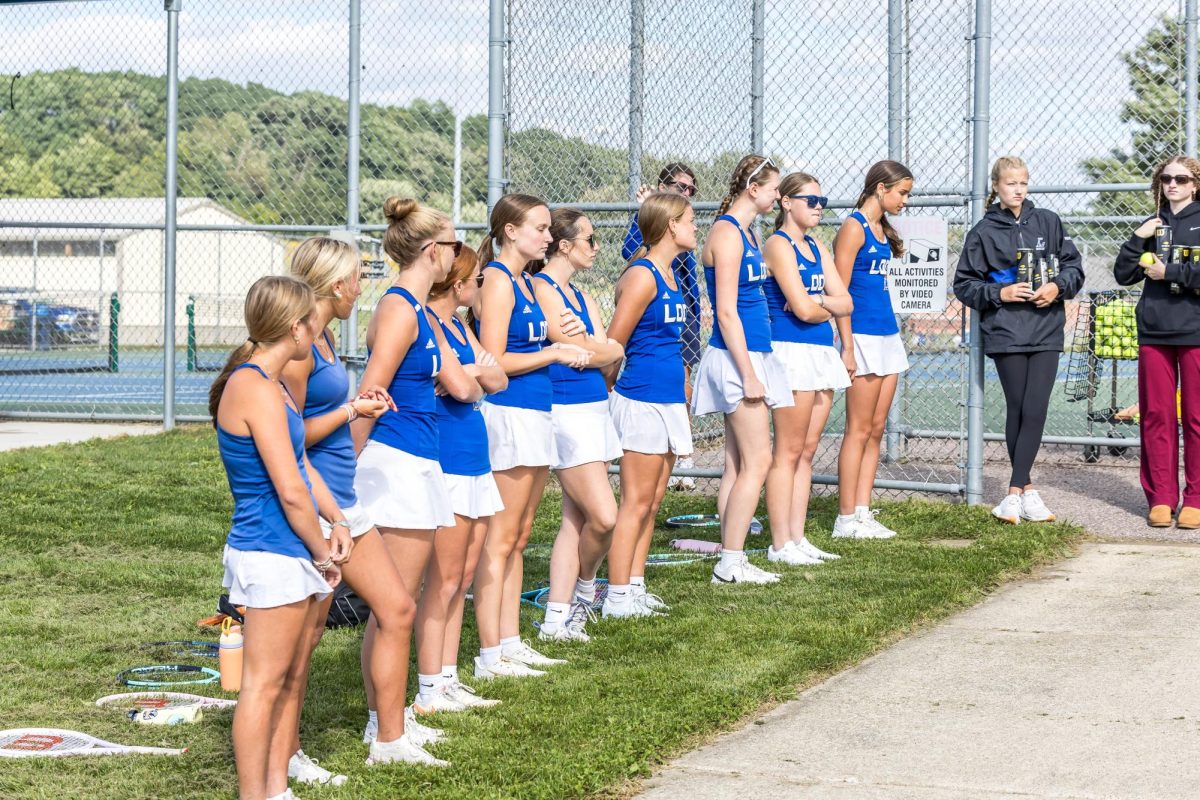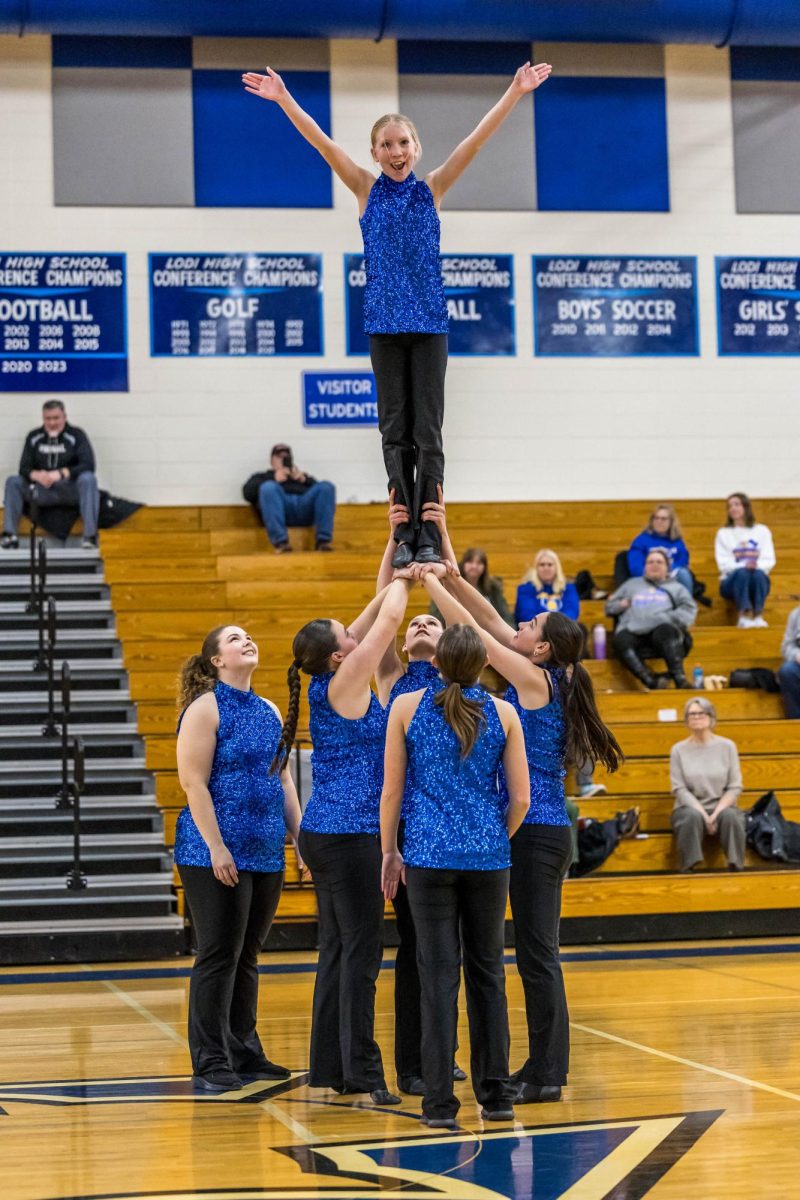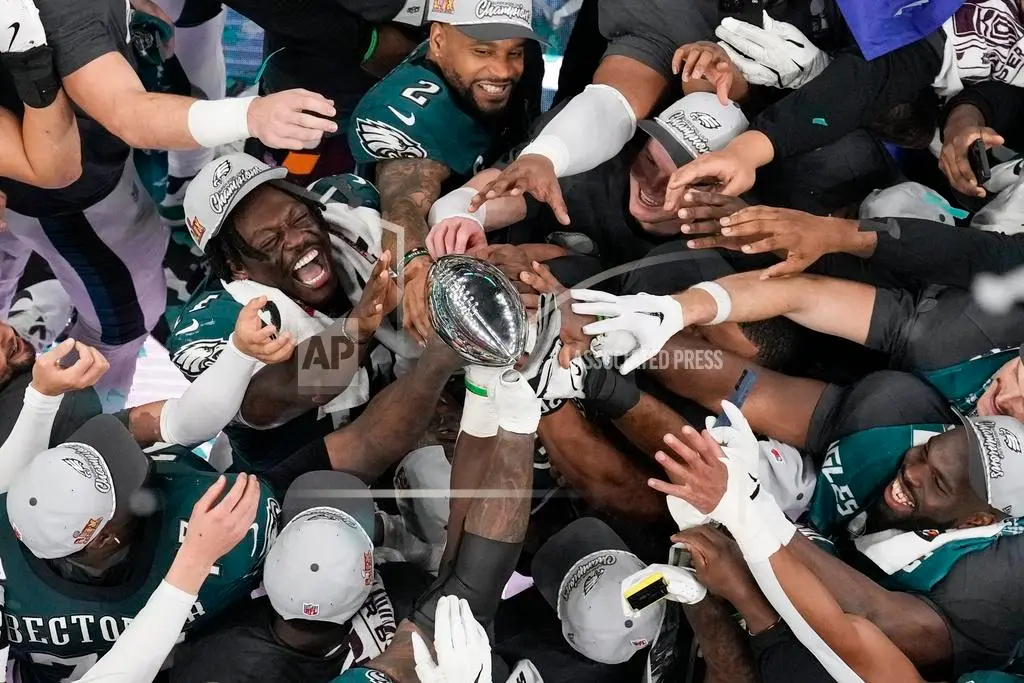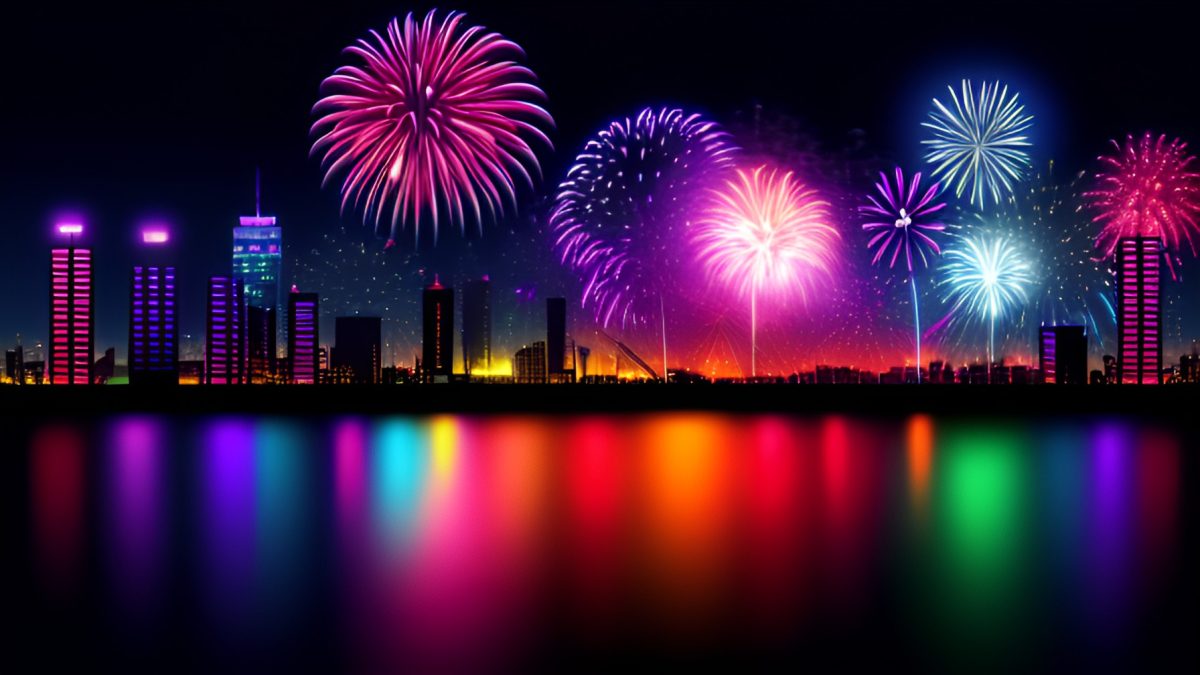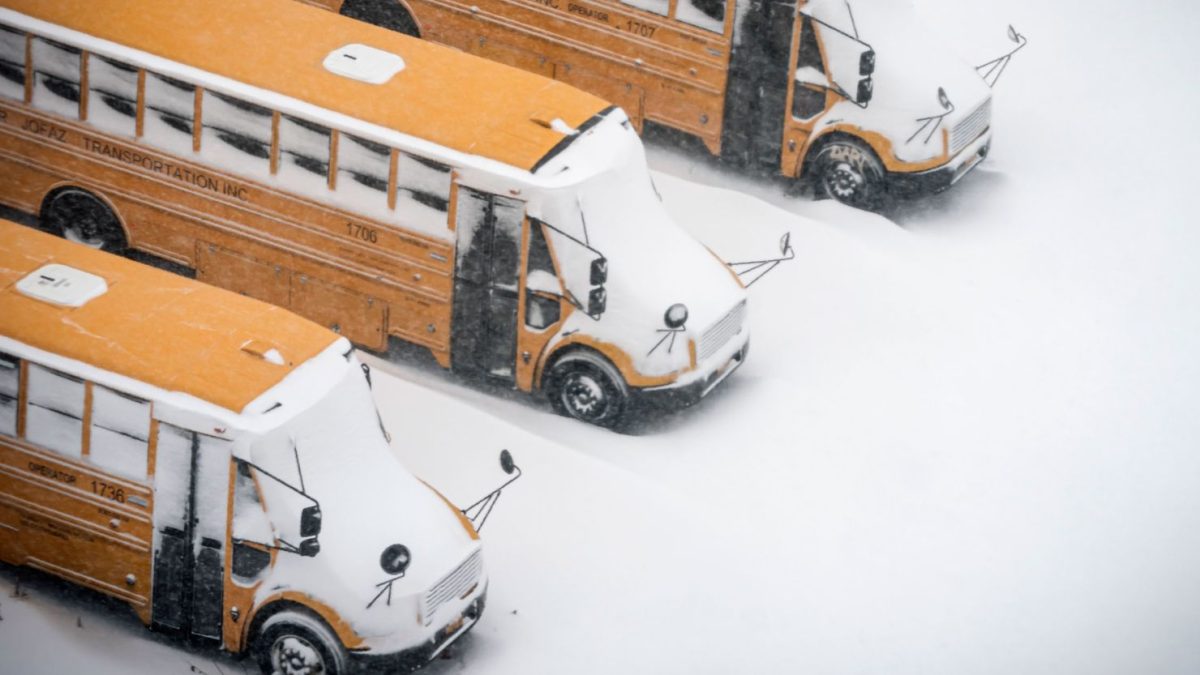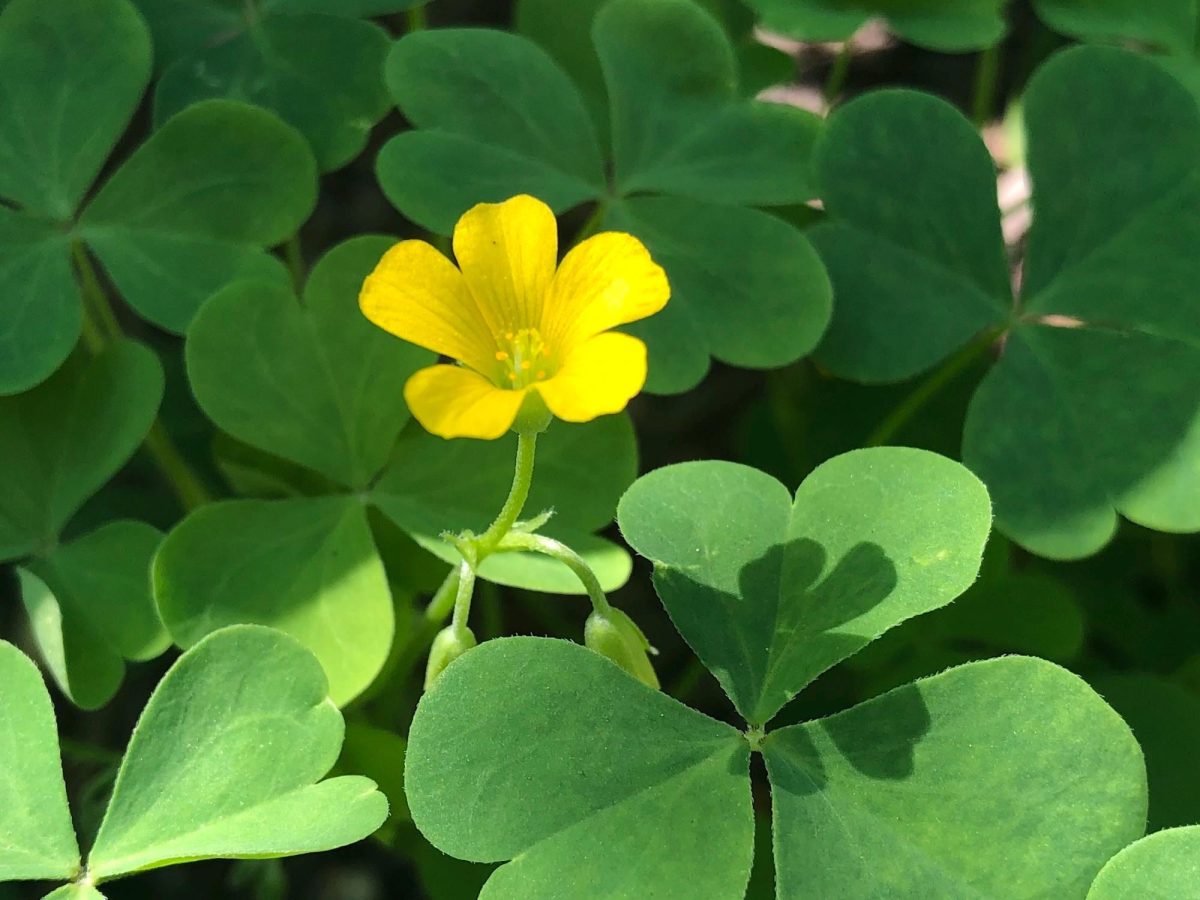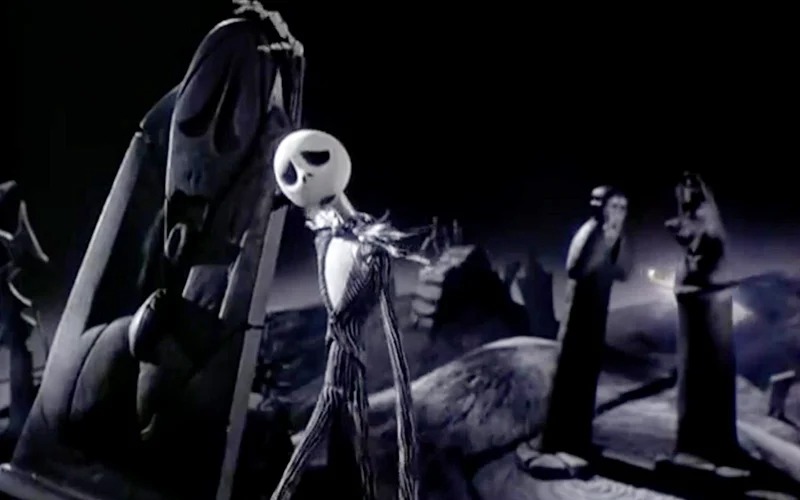As the leaves start to fall and the shadows get longer, the air becomes heavier with whispers of ancient tales. What lies behind the surface of glowing jack-o’-lanterns, the ghosts and ghouls that gather candy, and the eerie feeling of night in October? Discover a fascinating tale of cultural development and the persistent human interest in the paranormal as you dive into the mysterious origins of Halloween, where the distinction between celebration and superstition becomes blurred.
The customs of Halloween find their roots in the ancient Celtic people, who lived 2,000 years ago in what is now Ireland, the United Kingdom, and northern France. They celebrated their new year on November 1, a time that marked the end of summer, the end of harvest, and the beginning of the dark, cold winter. This transition, often associated with death, was believed to be when the boundary between the worlds of the living and the dead became blurred. On October 31, the night before the new year, the Celts believed that the ghosts of the dead returned to earth for this one day. This belief gave birth to the celebration of Samhain, the first recorded Halloween celebration.
Samhain was marked as the most significant of the four quarterly Celtic fire festivals. The Celts believed that the presence of the spirits made it easier for the Druids, or Celtic priests, to make predictions. For a group like the Celts, who were entirely dependent on the unpredictable aspects of nature, these predictions were not just a source of comfort, but a lifeline during the long and dark winter months.
During Samhain, fires in family homes were left to burn out while the harvest was gathered. After the harvest work was complete, the Celts joined with Druid priests to light a community fire. This fire was ignited using a wheel that would cause friction and spark flames, symbolizing the sun. The Celts believed that this fire, along with their prayers, would ward off ghosts and evil spirits. Community member Angelina Arvizu stated, “They would wear costumes and masks because they believed it would ward off ghosts and evil spirits from stealing their souls.” In addition cattle were sacrificed, and participants took a flame from the communal bonfire back to their homes to relight the hearth.
Eventually, the Roman Empire conquered the majority of Celtic territory. In the 400 years they ruled those lands, two festivals of Roman origin were combined with the traditional Celtic celebration of Samhain.
The first was Feralia, a day at the end of October when the Romans commemorated the passing of the dead.
The second was a day to honor Pomona, the Roman goddess of fruit and trees. The symbol of whom is the apple, and the incorporation of this celebration into Samhain possibly explains the tradition of bobbing for apples.
After the Romans’ rule, Pope Boniface IV dedicated the Pantheon in Rome in honor of all Christian martyrs, and the Catholic feast of All Martyrs Day was established in the Western church. Pope Gregory III later expanded the festival to include all saints and martyrs and moved the festival from May 13 to November 1.
By the ninth century, Christianity had made its way into Celtic territories, where it progressively merged with more ancient Celtic rituals. In remembrance of the deceased, November 2 was declared All Souls’ Day by the church in the year 1000 A.D. The church is thought to have been trying to replace the Celtic celebration of the dead with a similar, “church-approved” holiday.
All Souls’ Day was celebrated similarly to Samhain, with big bonfires, parades, and dressing up in costumes as saints, angels, and devils. The All Saints’ Day celebration was also called All-Hallows or All-Hallowmas, and the night before it, the traditional Celtic night of Samhain, began to be called All-Hallows Eve and, eventually, what we know today as Halloween.
The American Halloween tradition of trick-or-treating dates back to the early All Souls’ Day parades in England. During this, poor citizens would beg for food, and families would give them pastries called “soul cakes” in return for their promise to pray for the family’s dead relatives. The church encouraged the leaving out soul cakes, instead of traditional food and wine, for the roaming spirits. The practice, referred to as “going a-souling,” was eventually taken up by children who would visit the houses in their neighborhood and be given ale, food, and money.
But how did Halloween start in America? The celebration was extremely limited in the early colonies because of the rigid Protestant belief systems. However, in Maryland and the southern colonies, the celebrations were most common.
As the beliefs and customs of the Europeans and the American Indians meshed, an American version of Halloween emerged. According to History.com Editors, “The first celebrations included “play parties,” which were public events to celebrate the harvest. Neighbors would share stories of the dead, tell each other’s fortunes, dance, and sing. Colonial Halloween festivities also featured ghost stories and mischief-making of all kinds.”
By the middle of the 19th century, annual autumn festivities were common, but Halloween was not celebrated everywhere in the country.
America was flooded with new immigrants in the second half of the 19th century. Those who migrated helped to popularize the celebration of Halloween nationwide, especially the millions who were fleeing the Potato Famine in Ireland. Borrowing from European traditions, Americans dressed up in costumes and went house to house asking for food or money, a practice that eventually became today’s “trick-or-treating.”
In the late 1800s, there was a move in America to mold Halloween into a holiday more about community and neighborly get-togethers than about ghosts, pranks, and witchcraft. Therefore, in the early 1900s, Halloween parties for children and adults became the most common way to celebrate. Parties focused on games, food, and costumes. Parents were encouraged by newspapers and community leaders to take anything “frightening” or “grotesque” out of the celebrations. Due to these efforts, Halloween lost most superstitious and religious overtones by the beginning of the twentieth century.
By the 1920s and 1930s, Halloween had been stripped of its religious incorporation, becoming a community-centered holiday with parades and town-wide Halloween parties. Despite the best efforts of many schools and communities, vandalism began to plague some celebrations in many communities during this time.
Between 1920 and 1950, the centuries-old practice of “trick-or-treating” was also revived. Trick-or-treating was a relatively inexpensive way for an entire community to share the Halloween celebration. In theory, families could also prevent “tricks” from being played on them by providing the neighborhood children with small treats.
By the 1950s, town leaders had successfully limited vandalism, and Halloween had evolved into a holiday directed mainly at the young. Due to the high numbers of young children during the fifties baby boom, parties moved from town civic centers into classrooms and homes, as seen today.
Thus, the American Halloween was born and has continued to grow exponentially.

